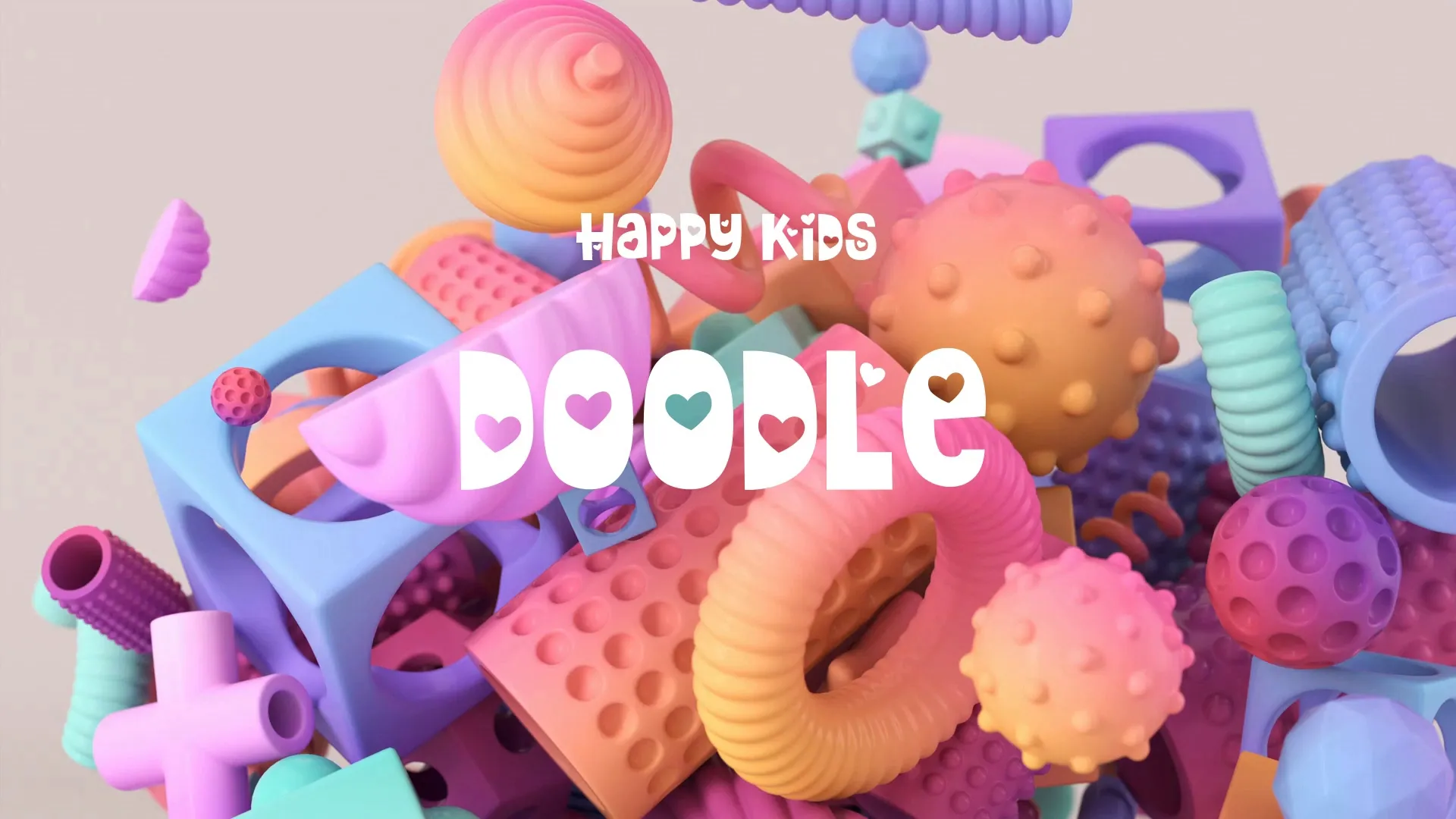Next-Gen Game Development Frameworks 2024: A Guide to Advanced Tools & Workflows
The landscape of game development evolves rapidly, with new frameworks and tools emerging to streamline production and enhance game quality. For indie developers, navigating these advancements is crucial for staying competitive and efficient in 2024. This guide explores the leading next-generation game development frameworks and how advanced tools can optimize your workflow. It’s about building smarter, not just harder. Embracing these technologies means delivering higher quality games faster.
Understanding Next-Gen Game Development Frameworks
Next-generation frameworks are more than just engines; they are comprehensive ecosystems designed for modern hardware and development paradigms. These frameworks prioritize performance, scalability, and ease of integration with external tools. They often feature advanced rendering capabilities, sophisticated physics engines, and robust networking solutions out of the box. Choosing the right framework depends on your project’s scope, target platforms, and team expertise. Consider factors like community support, documentation, and the availability of third-party plugins. For a broader comparison of major engines, you might find this article on Unity vs. Unreal vs. Godot: Choosing Your Engine in 2025 helpful.
Optimizing Game Asset Pipelines
An efficient asset pipeline is fundamental to modern game development. Next-gen frameworks often integrate seamlessly with digital content creation (DCC) tools, allowing for quicker iteration and asset management. Optimizing game asset pipelines involves automating repetitive tasks, using proper compression techniques, and implementing version control. This reduces bottlenecks and ensures assets are ready for integration without manual conversions. Leveraging tools that facilitate quick import and export is essential for maintaining workflow momentum.
Advanced Game Engine Scripting Techniques
Mastering advanced game engine scripting techniques unlocks the full potential of next-gen frameworks. This includes understanding data-oriented design, asynchronous programming, and custom editor tools. Efficient scripting can significantly impact performance, especially in complex scenes with many interactive elements. Learning to profile your code and identify performance bottlenecks is a critical skill. Implementing design patterns like object pooling can also drastically improve runtime efficiency, as discussed in Implementing Object Pooling in Unity for Performance. Consider how your code interacts with the engine’s core systems for optimal results.
Integrating Tools for a Streamlined Workflow
The real power of next-gen game development lies in integrating specialized tools that enhance your chosen framework. Tools like Wayline and Strafekit are designed to complement your development process. Strafekit, for example, offers a curated library of high-quality assets, including 2D Assets and 3D Models, that can be integrated directly into your project. This eliminates the need to source assets from disparate platforms and ensures consistency. Using a unified asset library like Strafekit streamlines asset integration, saving valuable development time. It’s about having what you need, when you need it, within a coherent system.
Leveraging Wayline Tools for Enhanced Productivity
Beyond assets, Wayline offers a suite of productivity tools designed specifically for game developers. Momentum, Wayline’s task tracker, is an excellent example of a tool that helps maintain development momentum. It allows you to organize tasks, track progress, and ensure consistent effort towards your game’s completion. Integrating such a tool into your workflow provides clear visibility into your project’s status and helps avoid stagnation. A well-managed workflow ensures that advanced frameworks and assets are utilized to their fullest potential. This holistic approach to development maximizes efficiency and minimizes common pitfalls.
Avoiding Common Pitfalls
One common pitfall is over-reliance on a single tool or framework without understanding its limitations. Another is neglecting performance optimization until late in development, leading to costly refactors. Always prototype core mechanics early to validate your design choices. Regularly profiling your game and optimizing assets and code are proactive measures against performance issues. Furthermore, ensure your team is proficient with the chosen frameworks and tools. Investing in learning and development prevents delays and improves output quality.
Conclusion
Next-gen game development frameworks in 2024 offer unprecedented power and flexibility, but their true potential is realized through strategic integration with advanced tools and optimized workflows. By carefully selecting your framework, streamlining your asset pipeline, and leveraging specialized tools like Wayline and Strafekit, you can significantly enhance your development process. Embrace advanced scripting, avoid common pitfalls, and maintain a clear vision for your project. Start building smarter today and keep your game development moving forward with Momentum.











.webp)

.webp)









